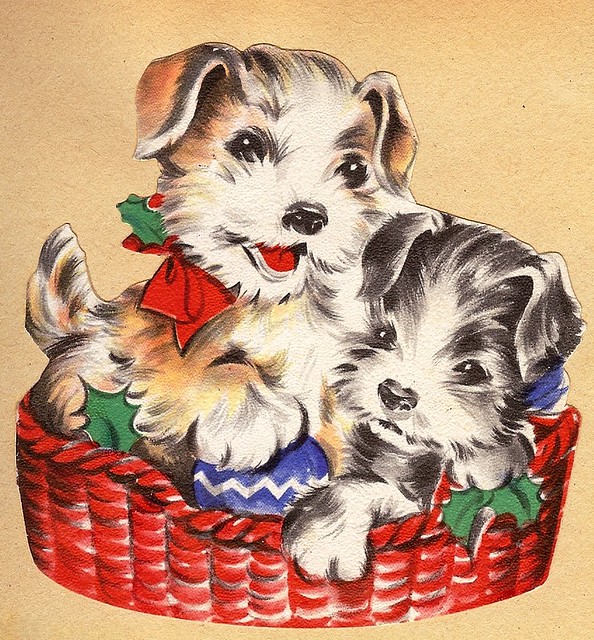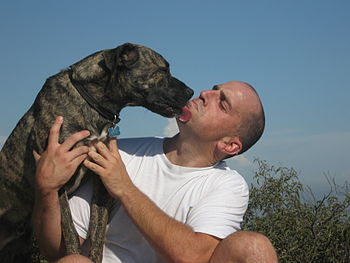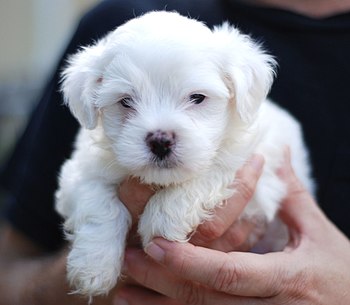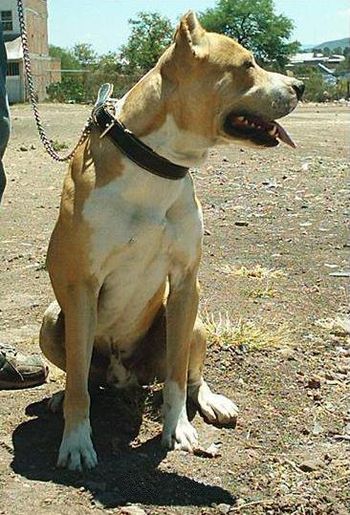 |
| Cat using a scratch pad made of corrugated cardboard/fiberboard. (Photo credit: Wikipedia) |
So why IS your cat clawing everything in sight?
Here’s the jaw-dropper: a cat’s claws never stop growing. Let me repeat that: They NEVER stop growing. When I found that out, a big light went off in my head. Just like a pet hamster that constantly needs to knaw on wood to keep their teeth from growing too long, what cats are actually doing when they sharpen their claws is removing the outermost layer of their claws. O.K. Kitty Cat, we finally get it!
So what to do? What to do?
The first thought bubble that forms is to scoop kitty up for a little declawing action at the nearest vet’s office. But before you take such a drastic step, keep in mind that once those claws are gone, they’re GONE. Take away those claws, and you’re taking away your pet’s primary form of defense. Even if you have an indoor cat like I do, chances are, sooner or later, a window of opportunity is going to open up just long enough for your cat to slip outside and be vulnerable to attacks from other animals and people.
O.K. So now you know why your cat is actually using you as a scratching post. Let’s move away from the word “using”. In a way, it’s kind of flattering. That doesn’t make it hurt any less. Let’s get your cat to branch out. It’s time to get a REAL scratching post so that your pet can get into the habit of using it instead of YOU, whenever those claw sharpening impulses may strike.
So how do we get kitty to break her bad habits and start to use the proper place where she can scratch to her heart’s content?
The answer lies in you.
That is of course IF you are your cat’s favorite person in the family.
If so, then try hanging an article of clothing that belongs to you on your virgin scratching post. The idea is to make the area smell familiar. A day or two should be enough for your cat to become accustomed to its’new scratching outlet.
Don’t want to part with something from your wardrobe? Time to get a little sneakier then. Catnip can be your secret weapon. Sprinkle catnip over the scratching post and watch what happens. This one may be even worth breaking out the video camera for.
This next option sounds a little weird, but believe me, it WORKS!
Try sprinkling the post area with powdered chicken bouillon. The idea is to get the cat to feel friendly enough toward the scratching post to attack it.
While your cat is making the transition to a designated area for scratching, there are several ways to make your cat’s favorite scratching areas a lot less attractive. This will help ease the transition from the old spots to the new.
Now that you know more about the how and why of your cat’s clawing instinct and behavior, take these simple steps and you’ll soon see a resolution to the cat clawing issues in your household. With a little time and patience, your cat’s claw sharpening activities should be limited to its’favorite spot: the scratching post!


















